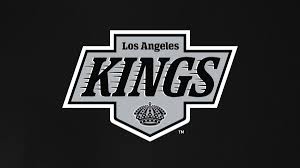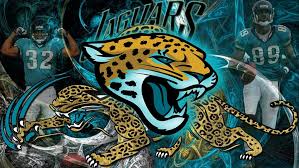
Los Angeles Kings
In the final, they faced the New York Rangers. The series was intense, filled with drama and excitement, culminating in a thrilling Game 5 where the Kings clinched their second Stanley Cup in three years. The victory solidified their status as a dynasty in the making and left a lasting impact on the sport RR88.
The Challenges and Evolution of the Franchise Los Angeles Kings
While the Los Angeles Kings enjoyed tremendous success, they have also faced their share of challenges and transitions. Following their back-to-back championships, the franchise went through a period of transformation as they navigated the complexities of player contracts, retirements, and changes in management.
The Transition After Success
Winning championships often comes with a heavy price. The Kings had to balance maintaining their core group of players while integrating younger talent into the mix. Some key figures from their championship teams retired or departed, leaving gaps that needed to be filled.
Anze Kopitar remained the team’s leader, while the organization recognized the importance of nurturing young prospects. Players like Tyler Toffoli, Tanner Pearson, and Adrian Kempe emerged as potential stars, helping bridge the gap between the older generation and the new wave of talent.
However, navigating this transition was fraught with challenges. The Kings struggled to find consistency in subsequent seasons, missing the playoffs several times. The pressure mounted as expectations remained high. Nonetheless, the franchise remained committed to rebuilding its identity without sacrificing its competitive edge.
Rebuilding Strategies and Future Prospects
The Los Angeles Kings embarked on a comprehensive rebuilding strategy aimed at reclaiming their status as contenders. This involved a focus on drafting and developing young talent, as well as making strategic trades to acquire fresh faces.
The Kings invested in their scouting department and revamped their approach to player development. With an emphasis on cultivating homegrown talent, they hoped to create a sustainable model for success. This included enhancing their farm system and providing opportunities for young players to compete at the highest level.



